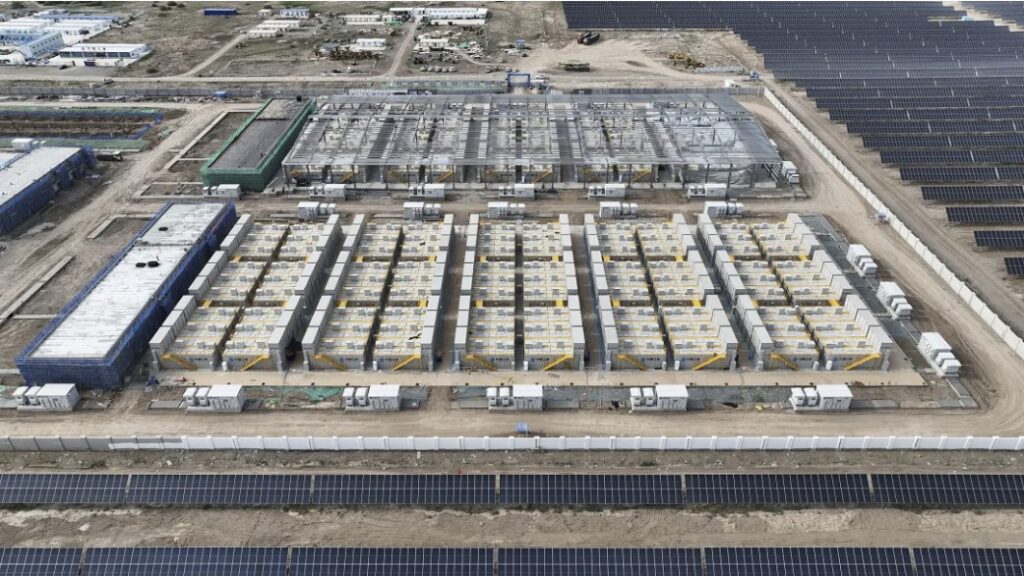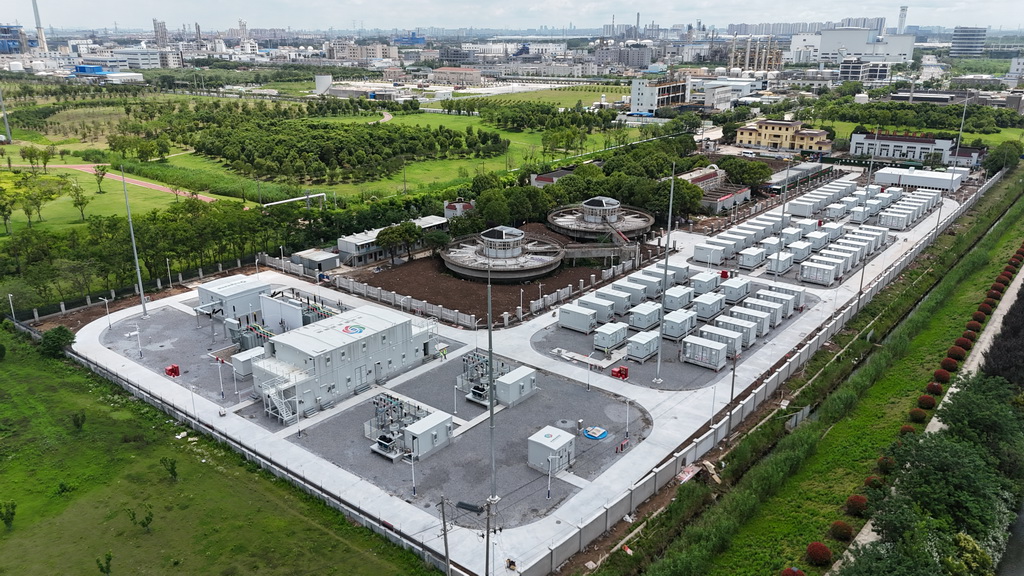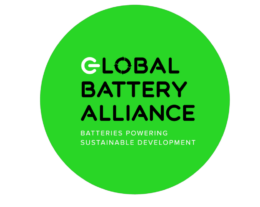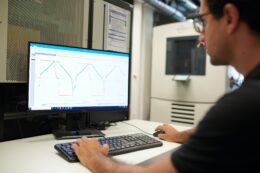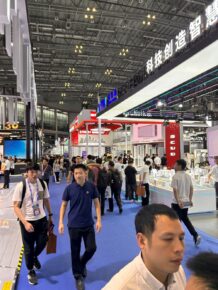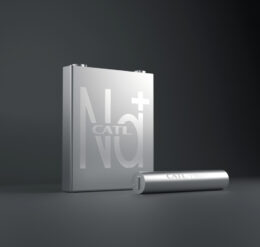New method to restore lithium-ion battery ageing
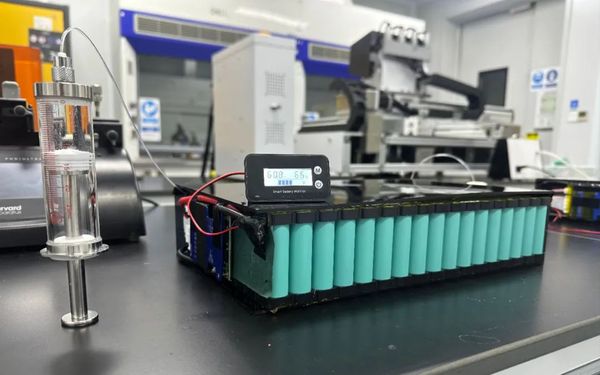
Researchers from Fudan University in China have developed a method to extend the lifespan of lithium-ion batteries, enhacing their sustainability credentials.
They created a new lithium carrier molecule, lithium trifluoromethanesulfonate (CF3SO2Li), which showed potential to restore lithium-ion battery ageing, greatly extending their lifespan and reviving their original electrochemical performance.
On February 13, the team’s findings were published in Nature under the title “External Li Supply Reshapes Li-Deficiency and Lifetime Limit of Batteries.” The research introduces a novel approach to lithium-ion battery restoration, challenging the long-established principle that batteries become unusable once active lithium ions are sufficiently depleted from the cathode material.
Professor Gao Yue, one of the lead researchers, explained that the degradation of batteries follows a similar pattern to the progression of a disease, where the damage occurs in a core component while the rest of the system remains intact.
Through deep analysis, the team discovered that by leveraging artificial intelligence and cheminformatics, they could digitize molecular structures and properties. By integrating data from organic chemistry, electrochemistry, and materials engineering, they constructed a database and applied unsupervised machine learning to predict and recommend molecules, resulting in the discovery of CF3SO2Li—an entirely new and previously unreported lithium-ion carrier molecule.
This organic compound can be injected into aging batteries like a “shot,” precisely replenishing the lost lithium ions, thus restoring the battery to a condition nearly identical to its original state.
Early tests have shown that this new lithium carrier has been successfully applied to various types of lithium-ion batteries, including pouch, cylindrical, prismatic, and fiber-based designs. Importantly, the cost of the lithium carrier accounts for less than 10% of the total battery cost, demonstrating strong potential for large-scale commercial application.
The team envisions that in the future, this “injection” method could enable the cycling reuse of batteries, solving the issue of large-scale battery waste at its source and paving the way for smarter, more sustainable industry ecosystems. They anticipate that this breakthrough will be pivotal in supporting sustainable economic development and environmental protection.
The research was conducted in collaboration with Nankai University, Hunan University of Engineering, and Shenzhen University. It was supported by the Ministry of Science and Technology, the National Natural Science Foundation, the Shanghai Science and Technology Committee, and Fudan University’s Scientific Intelligence Special Fund.







